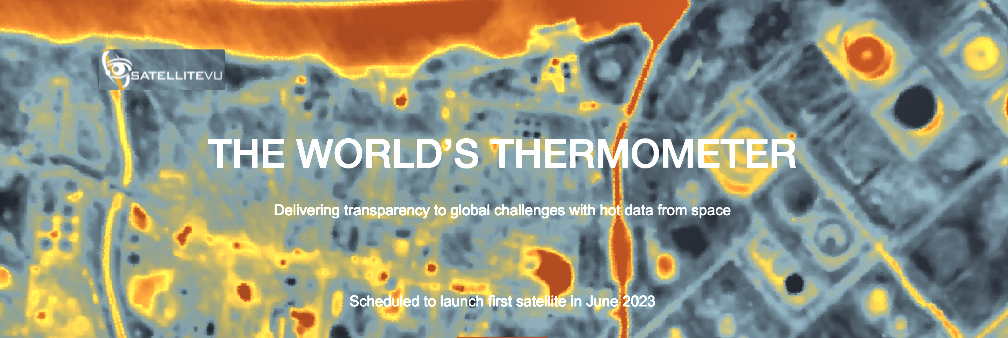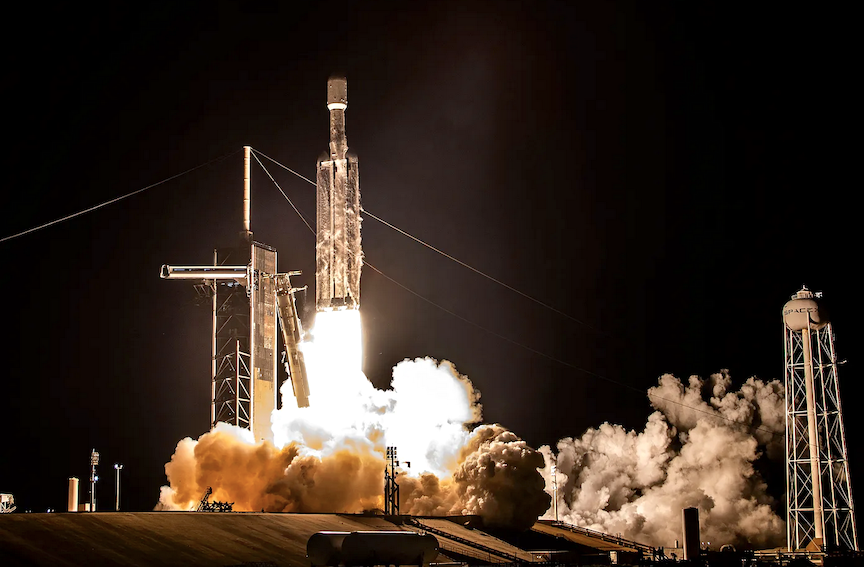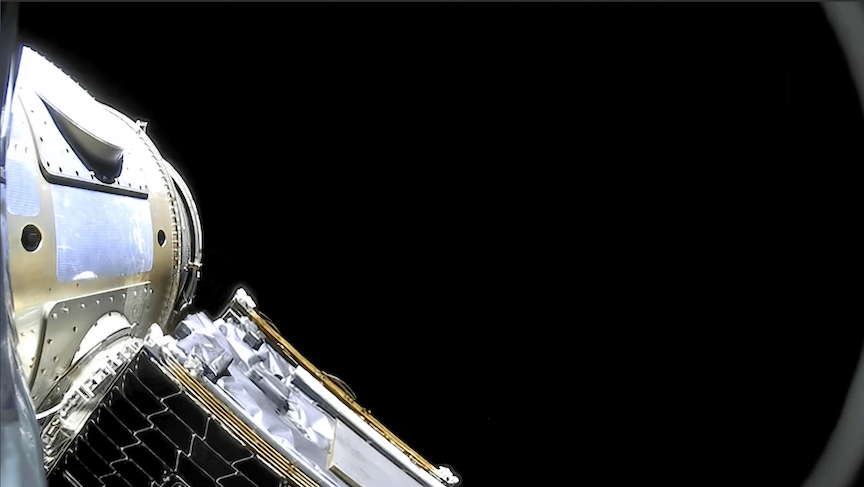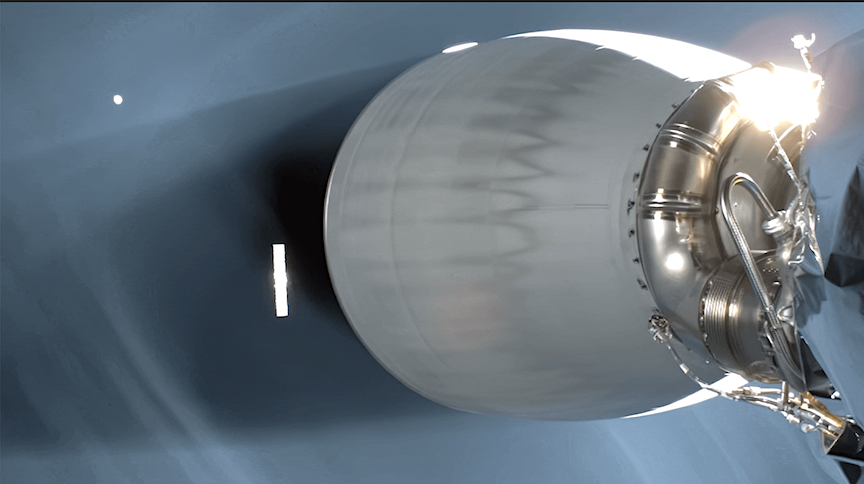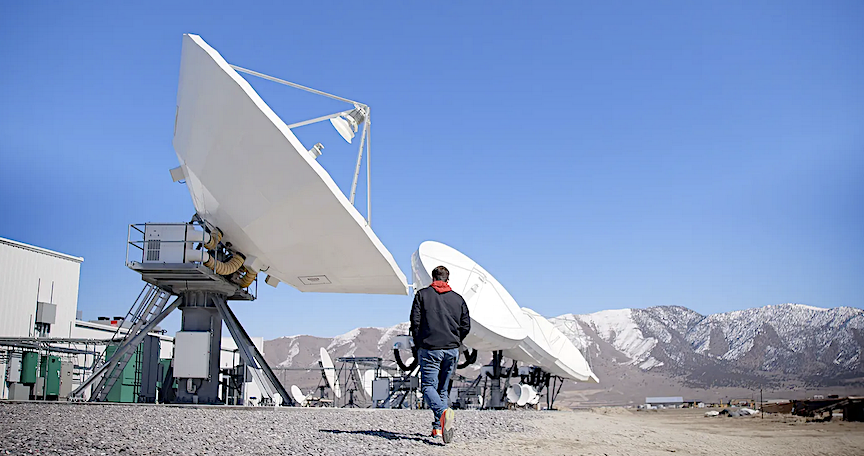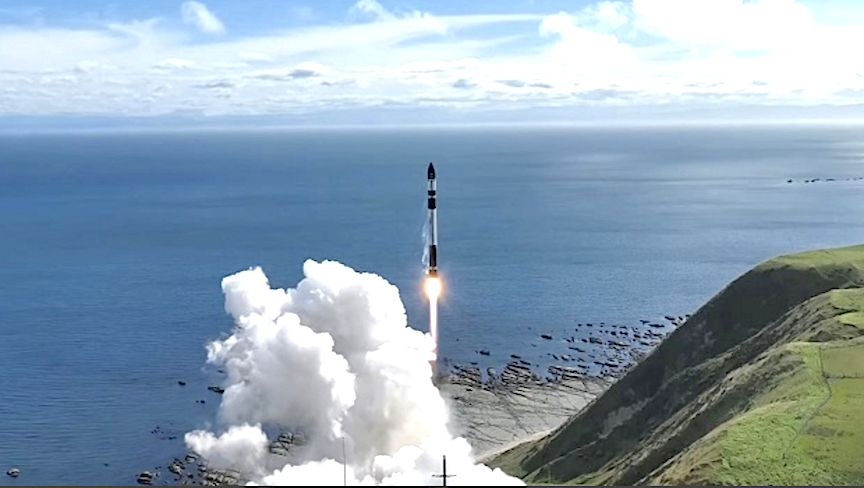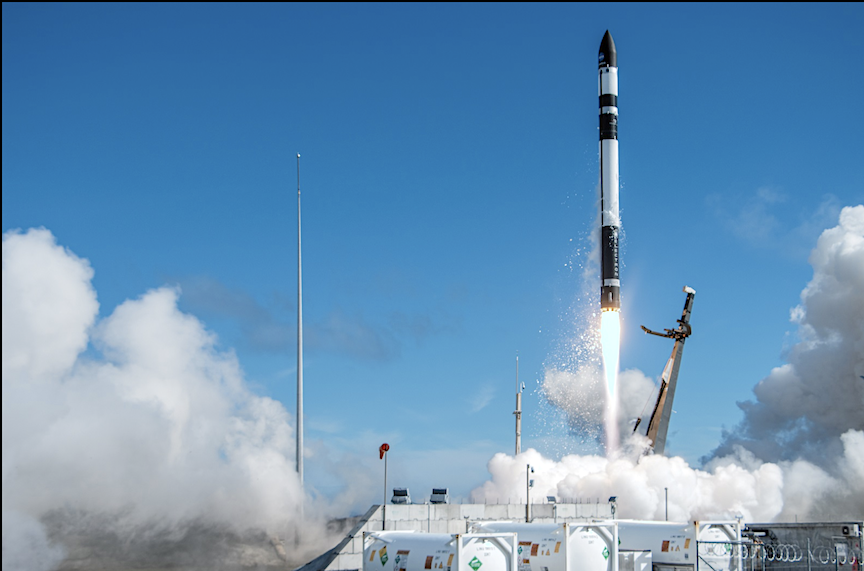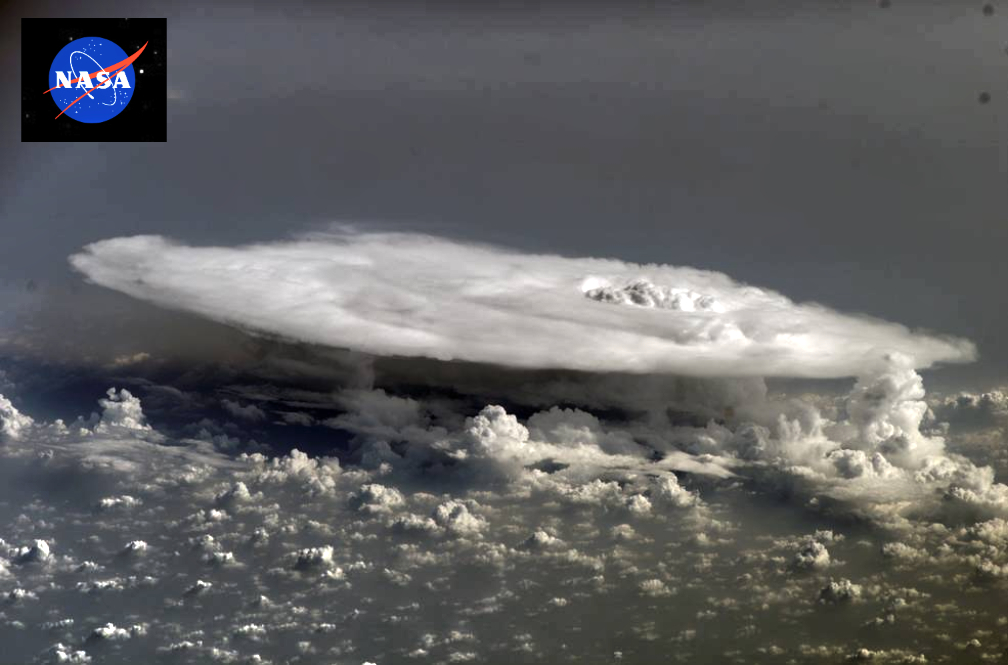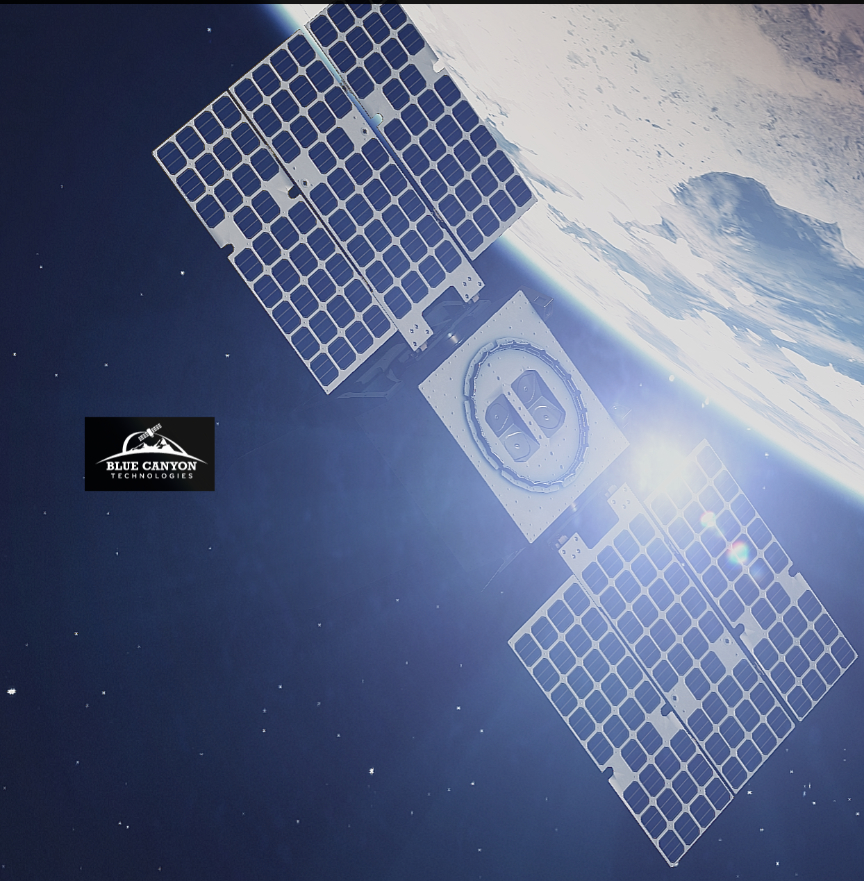
The Defense Advanced Research Projects Agency (DARPA) has awarded BAE Systems’ FAST Labs research and development organization a $7 million contract for the Oversight autonomous, space-based, target custody program.
research and development organization a $7 million contract for the Oversight autonomous, space-based, target custody program.

Traditional space intelligence, surveillance, and reconnaissance (ISR) collection can be siloed, labor intensive and unable to dynamically re-evaluate quickly enough to take advantage of new space systems. To address this, DARPA, the U.S. Space Force and the Space Development Agency are developing satellite constellations to improve the tactical relevance of U.S. space systems.
Proliferated LEO satellite constellations are significantly expanding on-orbit, ISR capabilities. The DARPA Oversight program will focus on creating an autonomous system that maintains constant “custody” of a large number of assets across new, diversified constellations. Under the terms of the program, the technology will be deployed to both tactical-edge satellites and ground stations.
Work on the program, which is part of BAE Systems’ autonomous technologies portfolio, includes collaboration with subcontractors OmniTeq and AIMdyn, Inc.
“Rapidly advancing near-peer adversary capabilities are driving a need for additional long-range tracking at increased scale and timeliness. To meet this requirement, our team includes technical expertise in autonomy, space processing, ISR systems, tactical-edge software development, system integration and architectures, and mission focus.”
— Dr. John Grimes, director of Small Satellites at BAE Systems’ FAST Labs
About DARPA’s Oversight program…

DARPA aims to help military planners keep track of up to 1,000 targets of interest through management of available space domain resources. The goal of the Oversight program is to enable constant custody to maintain tracking of targets of interest for tactical missions.
“Oversight seeks to support both peacetime and wartime simultaneous monitoring of high value entities in contested environments, where resources and targets of interest are highly dynamic. Through this program, DARPA aims to extend the applicability of U.S. space assets and make the space domain more tactically relevant for warfighters. We are working with the military service branches on early transitions during Phase 1. We want to get initial products out as fast as possible and that will help cultivate the development needs in Oversight Phase 2, during which we plan to have applications running on hardware resources. Meeting Oversight’s goals will enable military personnel to track important targets of interest at a large scale with fewer operators than is possible today.”
— Lael Rudd, program manager for Oversight in DARPA’s Tactical Technology Office

U.S. Space Force has been involved since the origin of the program and the Oversight team is in discussions with the Space Development Agency about potential integration into the Proliferated Warfighter Space Architecture. The U.S. Department of Defense’s Joint All-Domain Command and Control (JADC2) might one day utilize Oversight’s space-based object tracking capability, providing enhanced situational awareness to assist in faster decision making and expediting government efforts to use the space domain during missions.
JADC2 is a warfighting necessity to keep pace with the volume and complexity of data in modern warfare and to defeat adversaries decisively. JADC2 enables the Joint Force to “sense,” “make sense,” and “act” on information across the battle-space quickly using automation, artificial intelligence (AI), predictive analytics, and machine learning to deliver informed solutions via a resilient and robust network environment.
— Department of Defense
The program will leverage a large body of research about efficiently optimizing resources and apply it to use of future and current satellite assets. Oversight plans to also enable collaboration between satellite and ground-based resources. Newly developed algorithms will attempt to detect changing behaviors and dynamically re-task appropriate satellite sensors to track objects at scale.
Phase 1 of the program will define tracking requirements, resource management needs, and interface between technologies in development. In parallel, DARPA will assess current government-owned applications and services that could be leveraged. This phase will span 15 months, with a possible option of three months in continued development if needed.

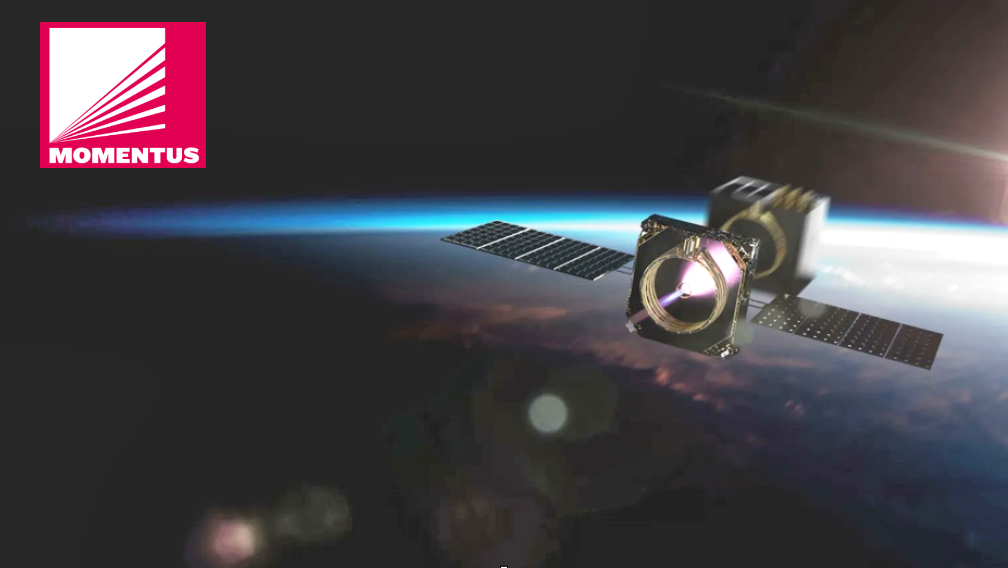
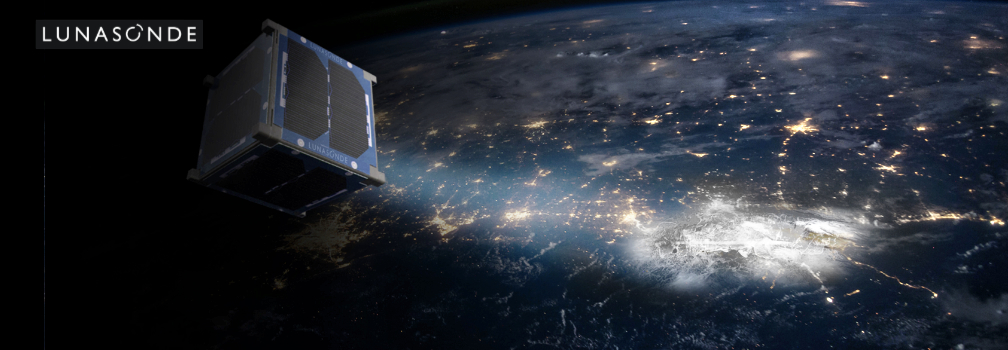

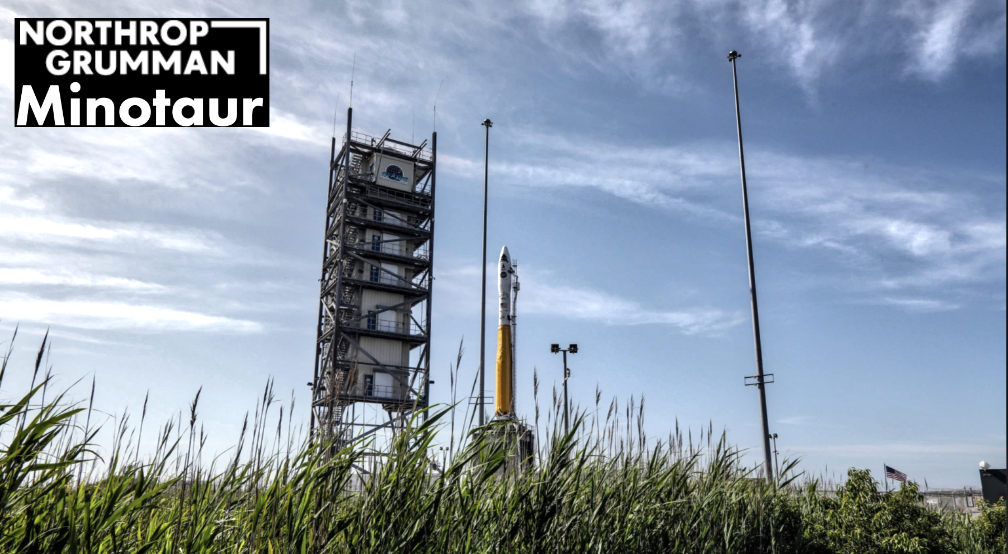
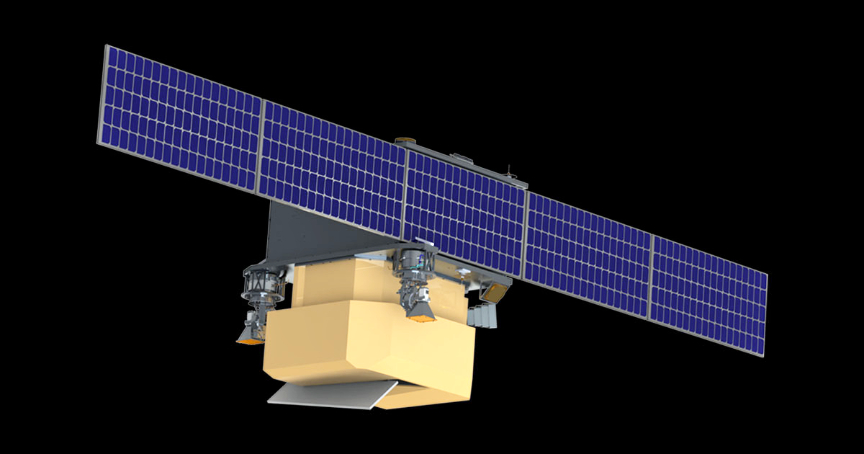
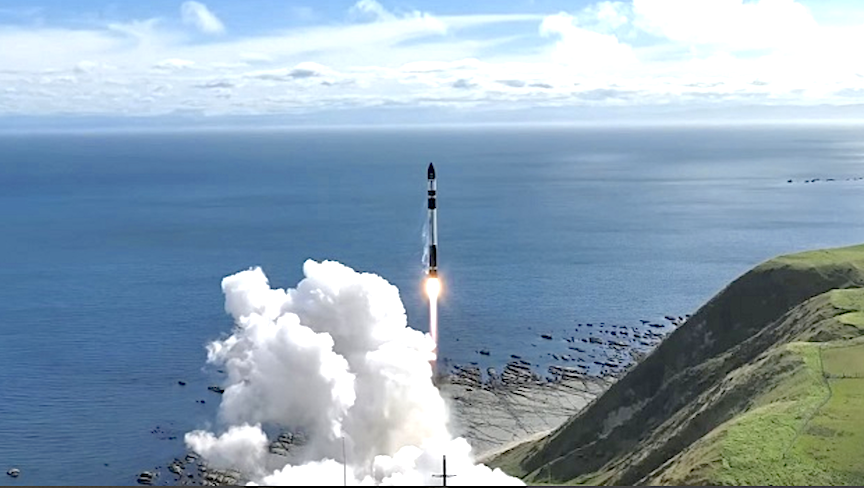
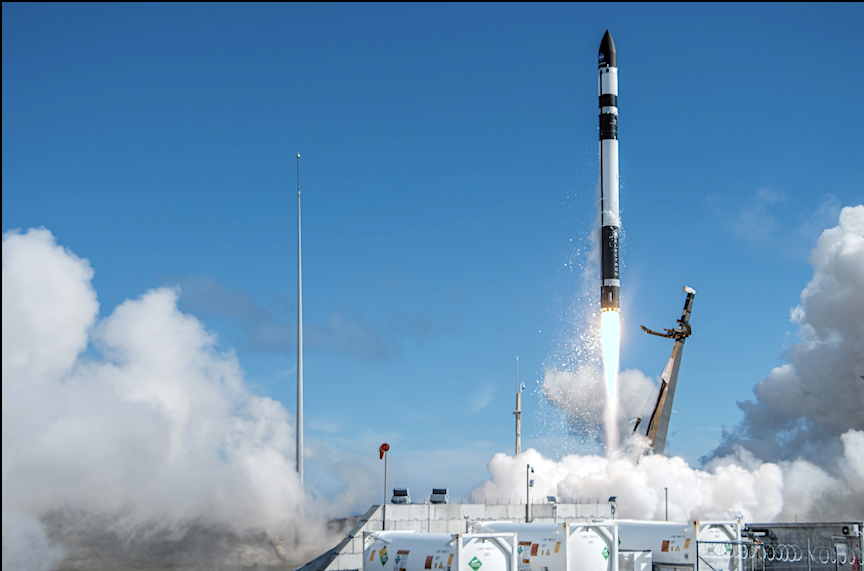
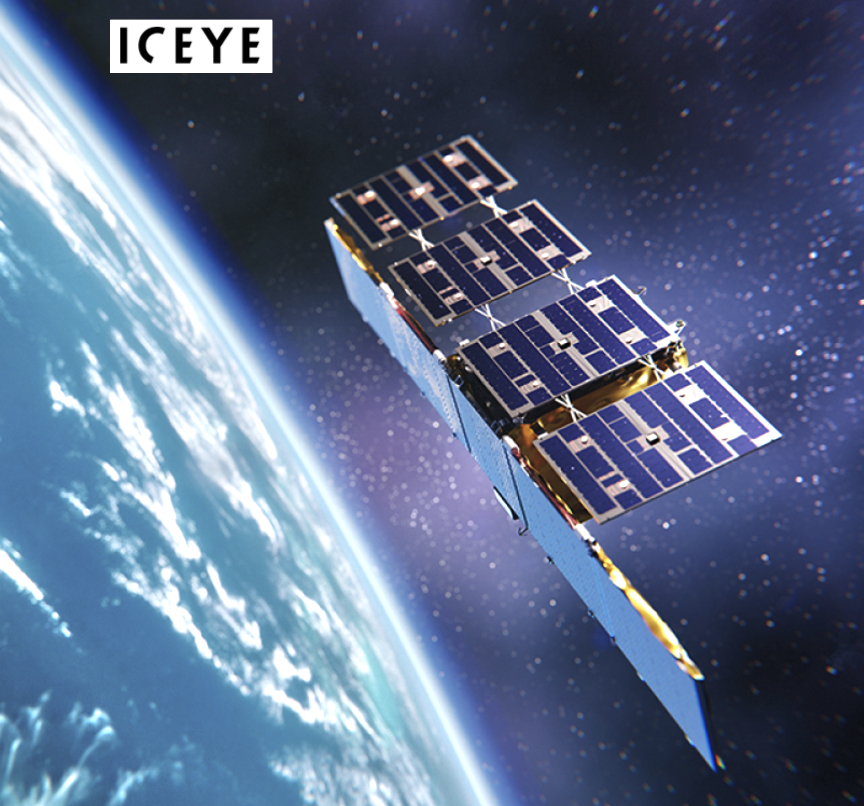
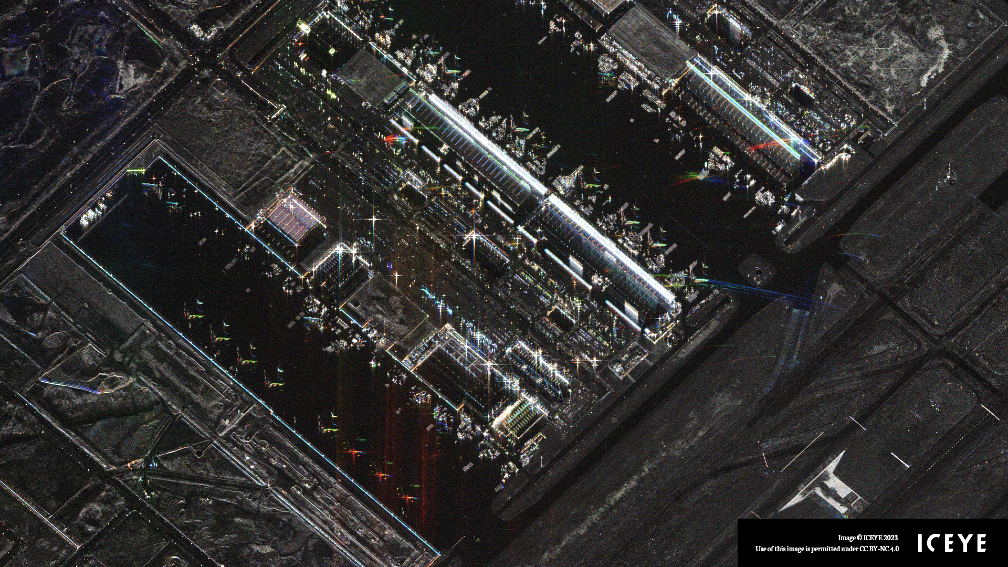

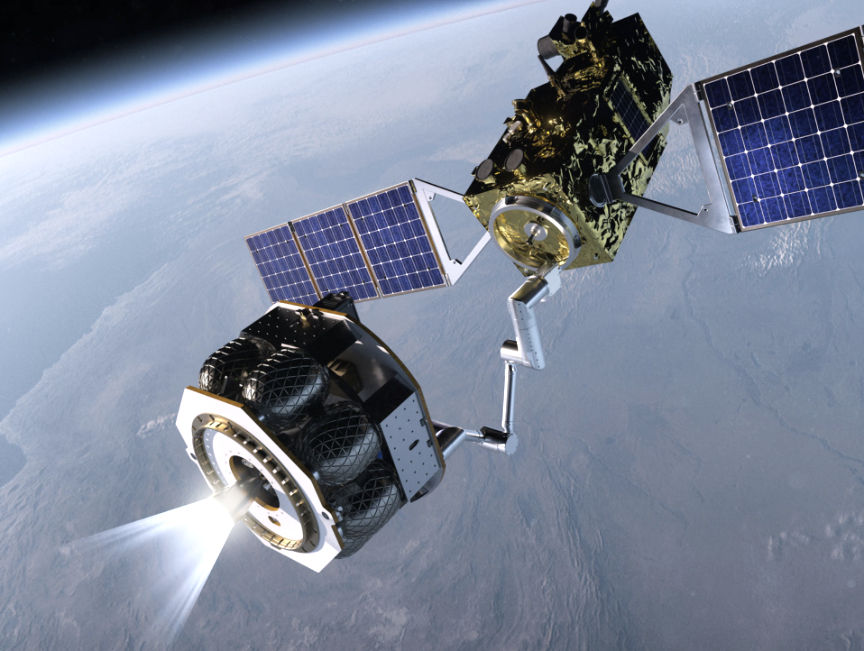
 and Emmy
and Emmy